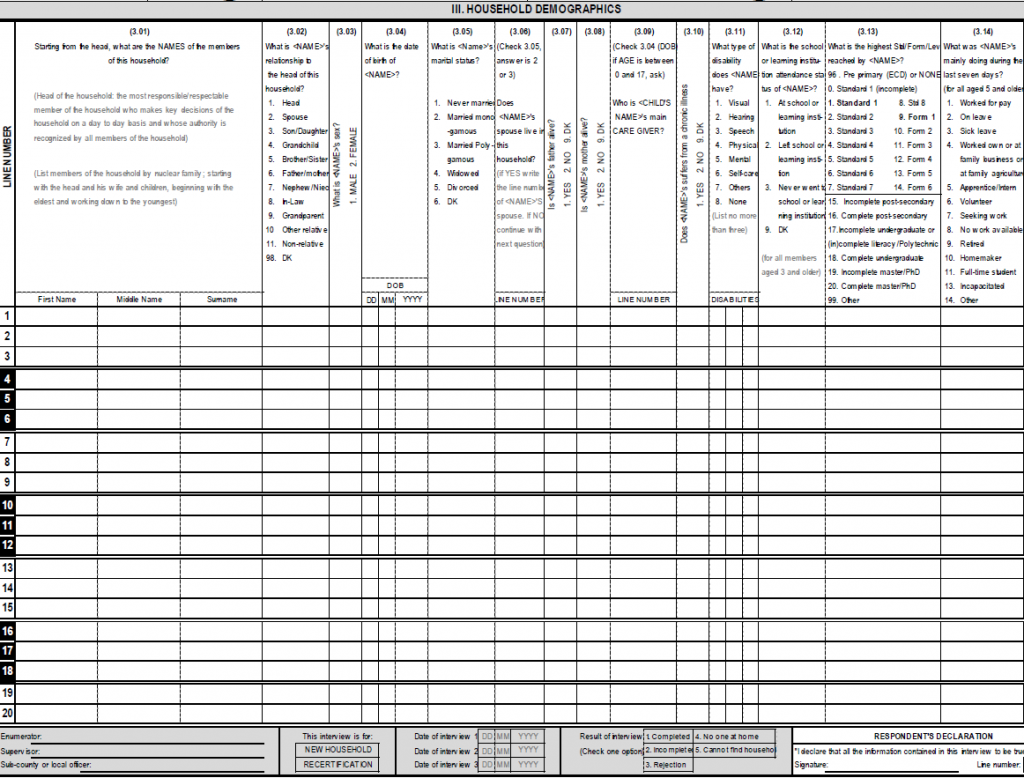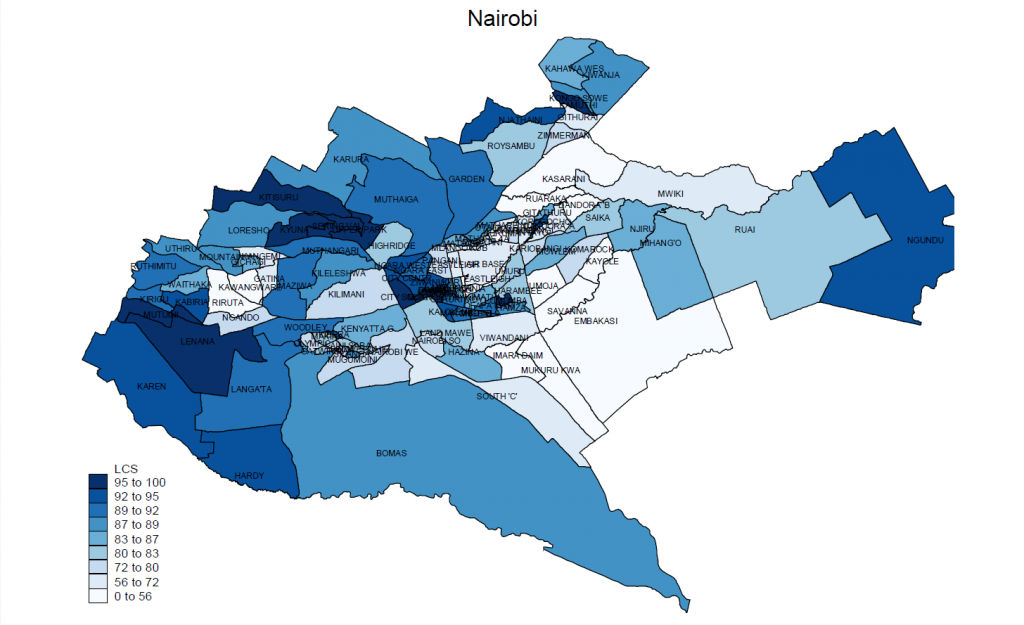Dr Juan Villa, Honorary Research Fellow, Global Development Institute
During my PhD at the Global Development Institute, The University of Manchester my supervisor, Professor Armando Barrientos, would repeatedly say to me “Juan, you cannot end poverty without learning who the poor are.” Although simple and perhaps colloquial, this phrase summarises why targeting is an important element in the implementation of antipoverty programmes. Apart from measuring general figures on poverty, we truly want to know who those in poverty are to respond efficiently with antipoverty interventions in an environment of scarce resources.
The Government of Kenya is currently implementing four different cash transfer interventions targeted at individuals in poverty and grouped under the National Safety Net Programme (NSNP). The Hunger Safety Net Programme was introduced in four northern areas with support of the UK’s DFID; the Cash Transfer for Orphan and Vulnerable Children currently operates almost nationwide with the support of UNICEF; the Older Persons Cash Transfer and the Cash Transfer for People with Severe Disability (CT-PWSD) were created as national initiatives to protect households with different vulnerabilities. Although these interventions belong to the NSNP, currently they are implemented with independent targeting methods that try to predict household consumption expenditure. Coming back to what Professor Barrientos would say, these interventions intend to discover who the poor are but with different identification tools and four different views of poverty.
I worked alongside with the World Bank and the African Institute for Health and Development (AIHD) in Nairobi to develop a brand new targeting method that would replace those currently used by the four programmes. While it is common to find unreliable income or consumption expenditure information in developing countries, coming up with a new method would require the identification of individuals or households in poverty with a proxy of their welfare.
After reviewing several reports on current targeting practices, I noted that there was general dissatisfaction with the implementation of current methods. These methods were based on a prediction of an official measure of consumption expenditure that allows the construction of general poverty figures, with dramatic imputations of household auto-consumption (dominant in rural areas).
As we were more interested in targeting antipoverty transfers and not in measuring the national poverty headcount, I decided to apply different techniques that provide a proxy for household welfare bypassing the prediction of consumption expenditure. Based on the 2009 National Census data, I proposed a new questionnaire to collect the required information to generate a welfare score which is currently known as the Living Conditions Score (LCS). The LCS ranges between 0 and 100, with 0 being the household with the worst living conditions and 100 the household with the best in terms of dwelling materials, provision of electricity, water and sanitation, household composition and endowment of education attainment. The questionnaire is a two-sided form that can be filled out either manually on paper or with electronic devices:
Given its censual nature, the resulting welfare score now allows the mapping of household welfare in Kenya in three geographic areas (Nairobi, rural and urban) with which the government can prioritise certain regions with acute poverty:
The technicalities of the LCS are shown in the paper cited below (or click here). The survey questionnaire and the LCS are being currently piloted by the Hunger Safety Net Programme with the support of AIHD in order to assess its reliability and adaptability with the community component of the targeting process at large. So far nearly 6,000 households have been surveyed with the new method and it is expected that by 2017 it can be adopted by the NSNP.
Several lessons emerged during the development of the new targeting tool for the NSNP. Firstly, the community component in the operation of the programme cannot be ignored. Communities are the most relevant actors in the implementation of the four cash transfer interventions of the NSNP and not allowing them participate in the targeting process with a reliable and objective proxy for household welfare might generate conflict and jeopardise the overall local operation of the interventions.
Secondly, the institutional arrangements are also important. The alignment of the four interventions to use the same poverty identification method was challenging at the beginning. Given the integration of the four cash transfer interventions into one single strategy, agencies and officials are prone to think that such merger could translate into the closing of some of them. After several clarifications the four interventions have agreed to unify their poverty identification methods.
- This blog is based on the working paper “A harmonised proxy means test for Kenya’s National Safety Net programme.”




